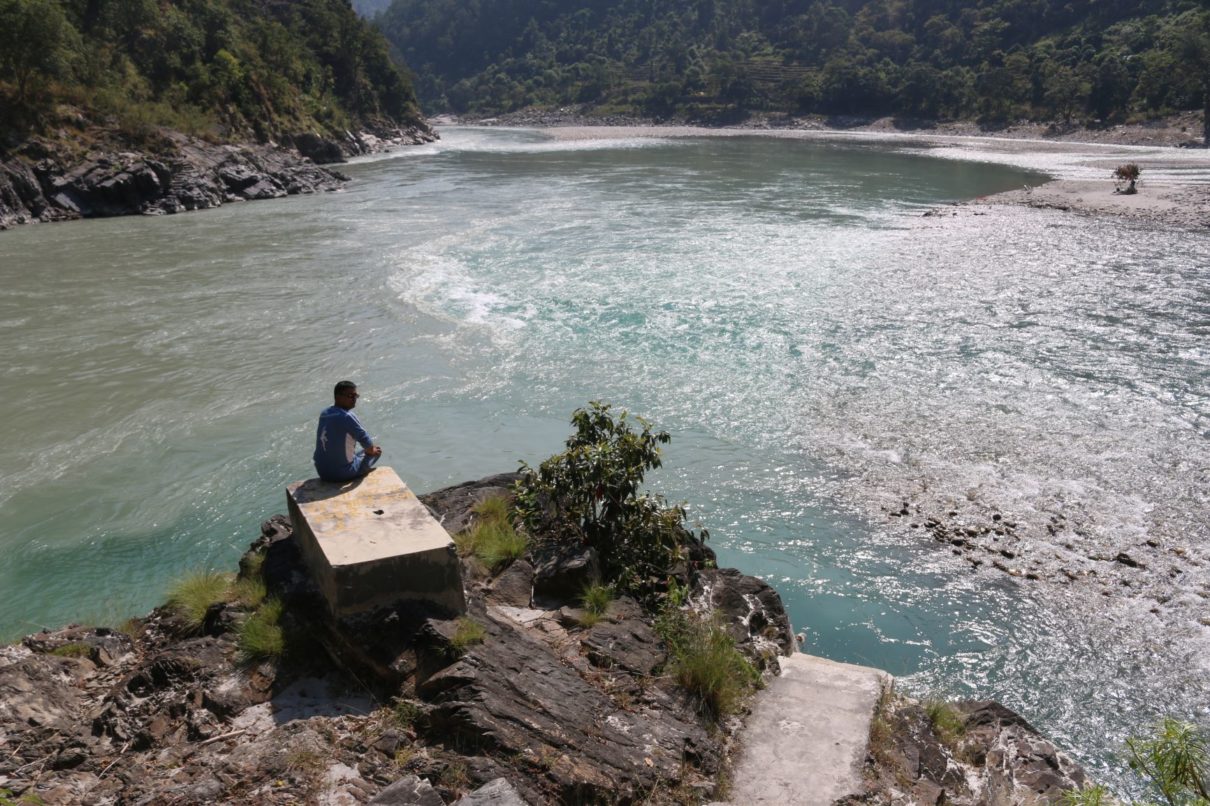“The ban on tobacco consumption in public spaces has been imposed to protect public health,” the KMC notice says.
If the authorities are really concerned about public health, the ban should be properly implemented. Also, the government must raise the tax on tobacco products, experts say. Earlier too, in March 2019, the KMC had announced a ban on smoking and tobacco use during Bidya Sundar Shakya’s tenure as the mayor. Before that in 2016, the Metropolitan Police Range Kathmandu had stepped up action against smoking in public places. The KMC has even imposed a fine of Rs 100 against those violating the rule of consuming cigarettes in public spaces. Still, the ban has not worked. “The bans announced by the city and police have only been on paper,” says Dr Jaya Kumar Gurung, senior research specialist at Nepal Development Research Institute, calling for an effective implementation. Law governing tobacco control Nepal signed the WHO Framework Convention on Tobacco Control (WHO FCTC) on 3 Dec 2003. After its ratification on 7 Nov 2006, the country became a party to it on 5 Feb 2007. Based on the WHO FCTC, the government has enacted laws and procedural documents aiming at tobacco control. The Tobacco Product (Control and Regulatory) Act 2011 is the primary law governing tobacco control in Nepal under which public places where smoking has been banned are—hospitals, health institutes, public offices, public transport, court buildings, educational institutions, libraries, and auditoriums. The ban also applies to hotels, motels, resorts, restaurants, bars, dining halls, canteens, lodges, hostels, guest houses, stadiums and sports facilities. The Act also states that the sale of cigarettes and other tobacco products is illegal within a 100-meter radius of educational institutions, healthcare facilities, childcare centers, and old-age homes. But the rules on tobacco use are almost never followed. Steps survey According to the Steps Survey 2019, conducted by the Nepal Health Research Council, 3.8m people in the 15–60 years age group use tobacco in some form—smoked or smokeless. At 48.3 percent, male have over four times higher prevalence than 11.7 percent of women. The prevalence rate is increasing for smokeless tobacco. According to the survey, 17.1 percent of adults, which equates to 2.8m people, smoke tobacco products in the country. Around 3m people—18.3 percent of adults (33.3 percent of men and 4.9 percent of women)—use smokeless tobacco. Health impacts Tobacco use leads to more than 8m deaths worldwide each year, according to the WHO. More than 7m of those deaths are the result of direct tobacco use, most of them from low- and middle-income countries such as Nepal. Smoked tobacco products contain over 7,000 chemicals, including at least 250 chemicals known to be toxic or to cause cancer. Use of smokeless tobacco products can result in serious—sometimes fatal—health problems. Tobacco smoke damages the arteries of the heart, causing the build-up of plaque and development of blood clots, thereby restricting blood flow and eventually leading to heart attacks and strokes. Tobacco use (both smoked and smokeless) is responsible for a significant burden of oral disease. Both forms are known to cause mouth cancer, increase the risk of head and neck cancers, Women who smoke or are exposed to second-hand smoke during pregnancy are at an increased risk of miscarriage. The UN health body says that around 1.2m deaths result from non-smokers exposed to second-hand smoke. In Nepal, 3.7m adults (22.5 percent) are exposed to second-hand smoke at the workplace and 5.5m (33.5 percent) at home, the Steps Survey found. E-cigarettes These days, traditional cigarettes are being replaced by e-cigarettes. The use of e-cigarettes is particularly high among the young population—even schoolgoing children—because they come with various flavors like candies and do not leave behind the smell of traditional cigarettes. According to the WHO, e-cigarettes emit nicotine, the addictive component of tobacco products, which can have adverse effects on the development of the fetus during pregnancy and may contribute to cardiovascular diseases. In Nepal, e-cigarettes do not fall within the scope of existing national legislation on tobacco production, distribution, and use. Public health experts warn they pose significant health risks similar to conventional cigarettes. “The government must not ignore e-cigarettes and hookahs available in the market. They are equally harmful for public health,” warns Dr Gurung. “Laws should be enacted to regulate them.” The Tobacco Products (Control and Regulatory) Act 2011 has divided major forms of tobacco use in Nepal into two categories: smoking and smokeless tobacco products. Smoking includes cigarette smoking along with hand rolled cigarettes (Bidis). Smokeless tobacco products include Gutkha, which contains areca nut, tobacco, catechu and sweet flavor; Zarda-Paan or betel quid, rolled betel leaf with lime, betel nut and tobacco; Khaini, flavored tobacco mixed with lime; and Sokha, non-flavored raw leaf of tobacco crushed manually, mixed with lime and rolled in hands before use. Importance of tax on tobacco Experts say taxation plays a vital role in effective tobacco control measures. The current tax rates imposed on tobacco products in Nepal is considerably low. Despite increases in tobacco tax rates during the past two fiscal years 2021/2022 and 2022/2023, the percentage of tax relative to the retail price in Nepal remains at a mere 41 percent. The WHO has recommended a minimum taxation rate of 75 percent to effectively discourage tobacco consumption, but Nepal’s low tobacco tax policy has made tobacco products easily accessible to all. The government has implemented a three percent increase in the excise duty on tobacco for this fiscal year; there has been no increase in the Health Hazard Tax. “When accounting for the estimated inflation rate for the upcoming fiscal year, the overall percentage of tax will decline overall to 39 percent from the 41 percent, further hampering efforts to reach the WHO recommended 75 percent and to effectively control tobacco use,” says Anjana Lamichhane, research associate, Nepal Development Research Institute. Experts believe increased tobacco tax can drastically discourage tobacco consumption and reduce the prevalence of tobacco-related diseases, leading to sustained high morbidity and mortality rates. “If we are aware about the health of the public, the government must fix the minimum taxation rate of 65 percent to reduce its consumption,” suggests Lamichhane. “The government should increase the tax on tobacco products to raise the income of the country. If the government raises the tax on tobacco products then the income generated from there will be given to the Ministry of Health and Population. If the income of the health ministry increases it will use it in enhancing the health services in the country,” says Dr Sushil Nath Pyakurel, former acting health secretary.










